Search results
haddonstone-hercules-bust2.jpg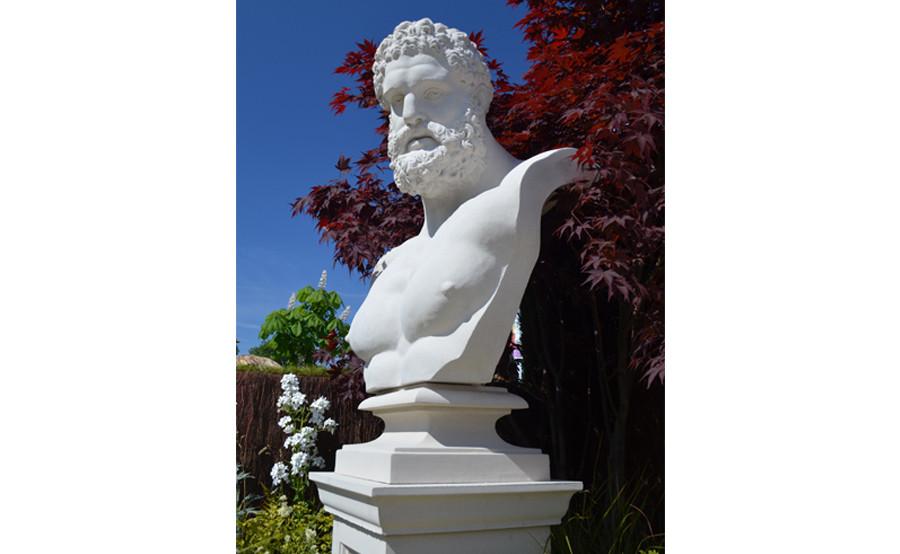 Kirstinimage/jpeg46.54 KB
Kirstinimage/jpeg46.54 KB
 Kirstinimage/jpeg46.54 KB
Kirstinimage/jpeg46.54 KB
haddonstone-mouth-of-truth.jpg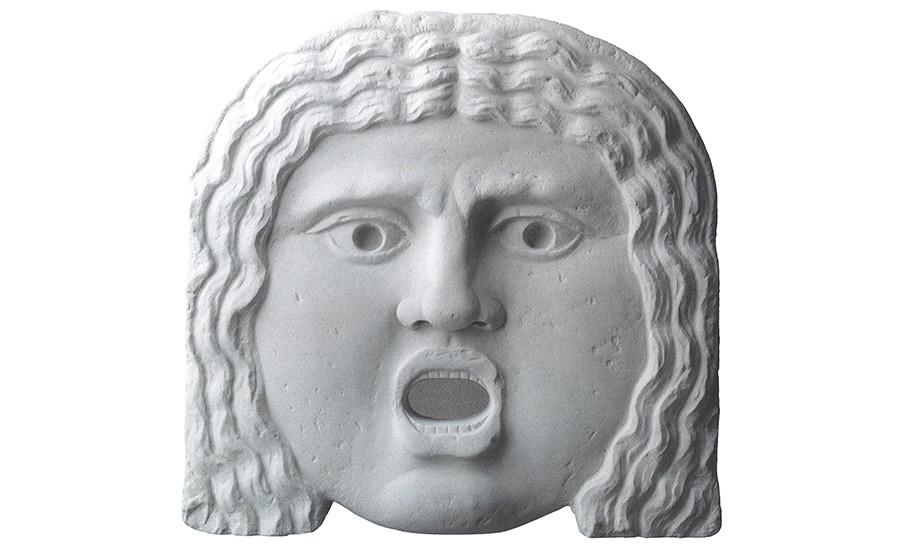 Kirstinimage/jpeg50.89 KB
Kirstinimage/jpeg50.89 KB
 Kirstinimage/jpeg50.89 KB
Kirstinimage/jpeg50.89 KB
Q972_SOANE_MOUTH_OF_TRUTH-2.jpg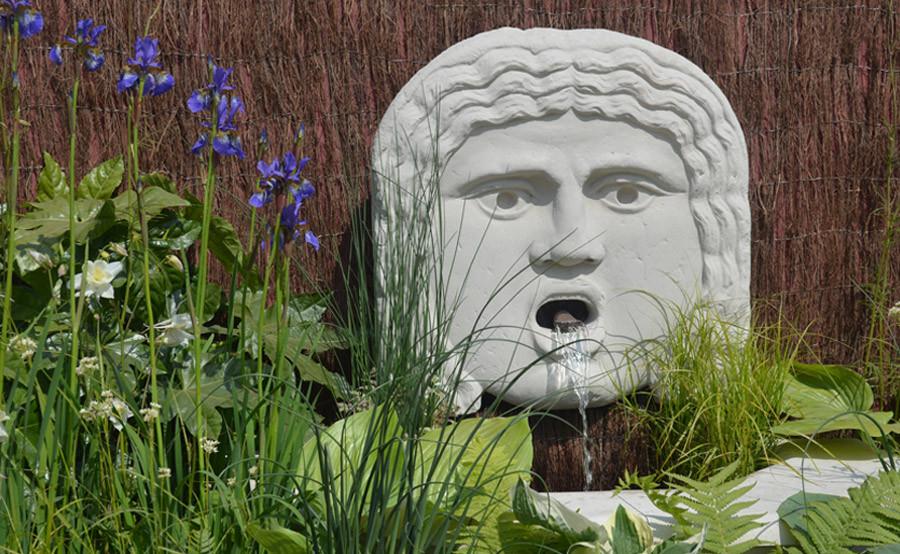 Kirstinimage/jpeg119.36 KB
Kirstinimage/jpeg119.36 KB
 Kirstinimage/jpeg119.36 KB
Kirstinimage/jpeg119.36 KB
greyTest_0.png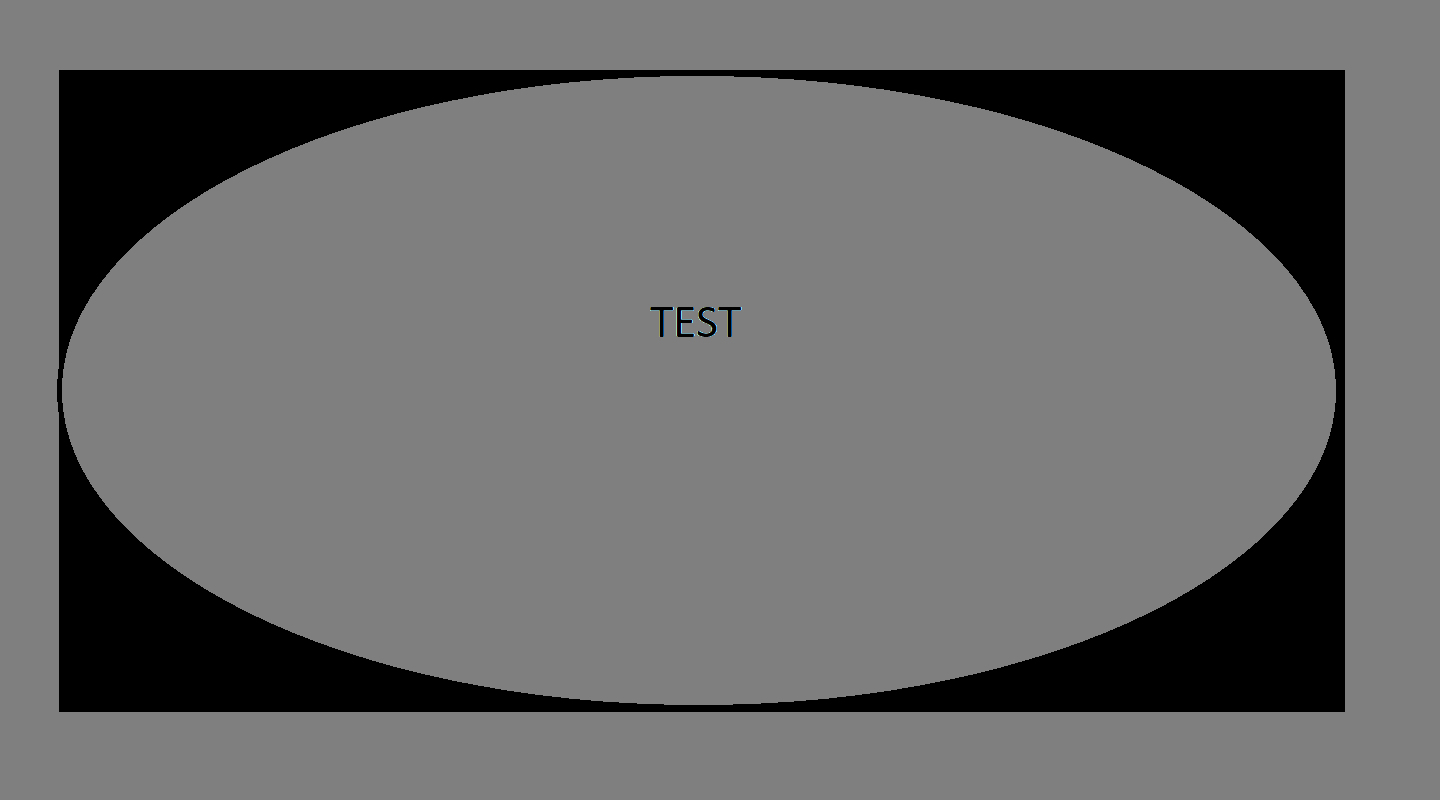 dp_adminimage/png9.94 KB
dp_adminimage/png9.94 KB
 dp_adminimage/png9.94 KB
dp_adminimage/png9.94 KB
sjsm-cork-column2.jpg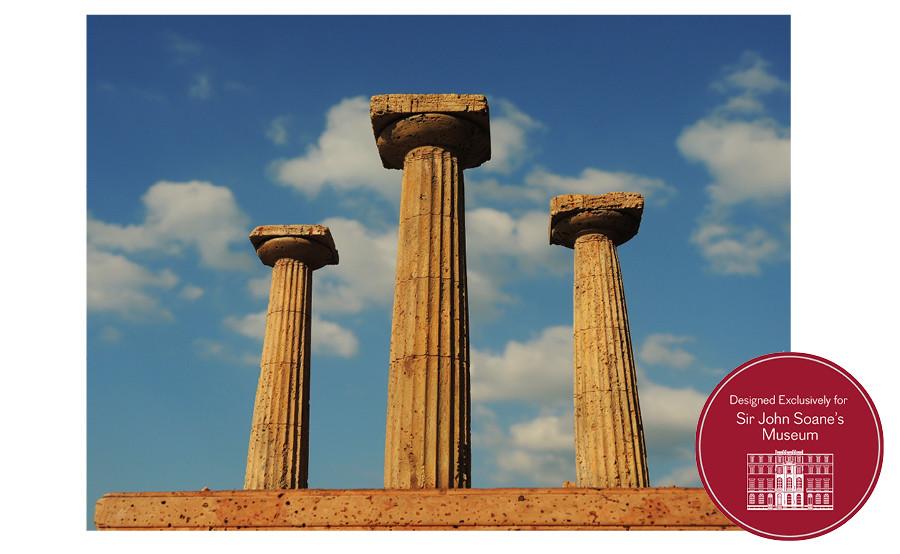 Kirstinimage/jpeg51.26 KB
Kirstinimage/jpeg51.26 KB
 Kirstinimage/jpeg51.26 KB
Kirstinimage/jpeg51.26 KB
Deiter_Collen_Three_Columns_SJSM-2.jpg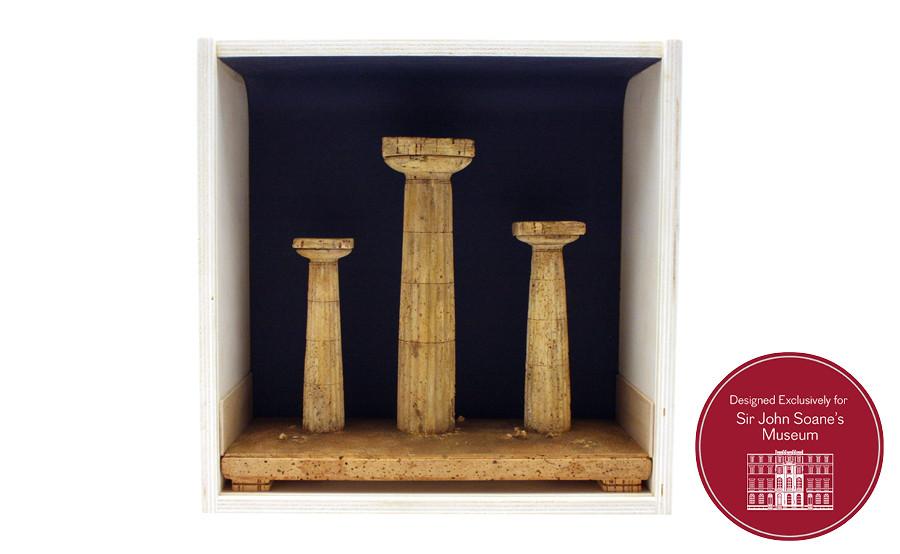 Kirstinimage/jpeg36.65 KB
Kirstinimage/jpeg36.65 KB
 Kirstinimage/jpeg36.65 KB
Kirstinimage/jpeg36.65 KB
blueTest_0.png dp_adminimage/png67.12 KB
dp_adminimage/png67.12 KB
 dp_adminimage/png67.12 KB
dp_adminimage/png67.12 KB
john-soane-museum-finalist.jpg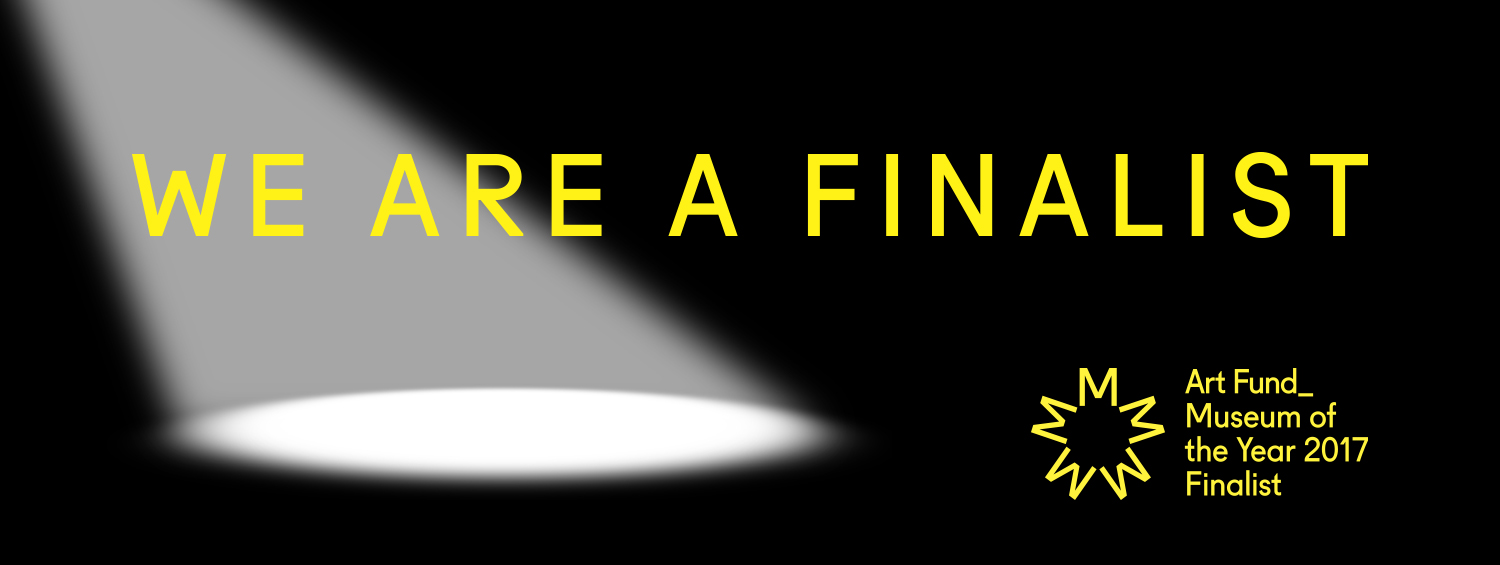 mblowfieldimage/jpeg145.27 KB
mblowfieldimage/jpeg145.27 KB
 mblowfieldimage/jpeg145.27 KB
mblowfieldimage/jpeg145.27 KB
john-soane-finalist.jpg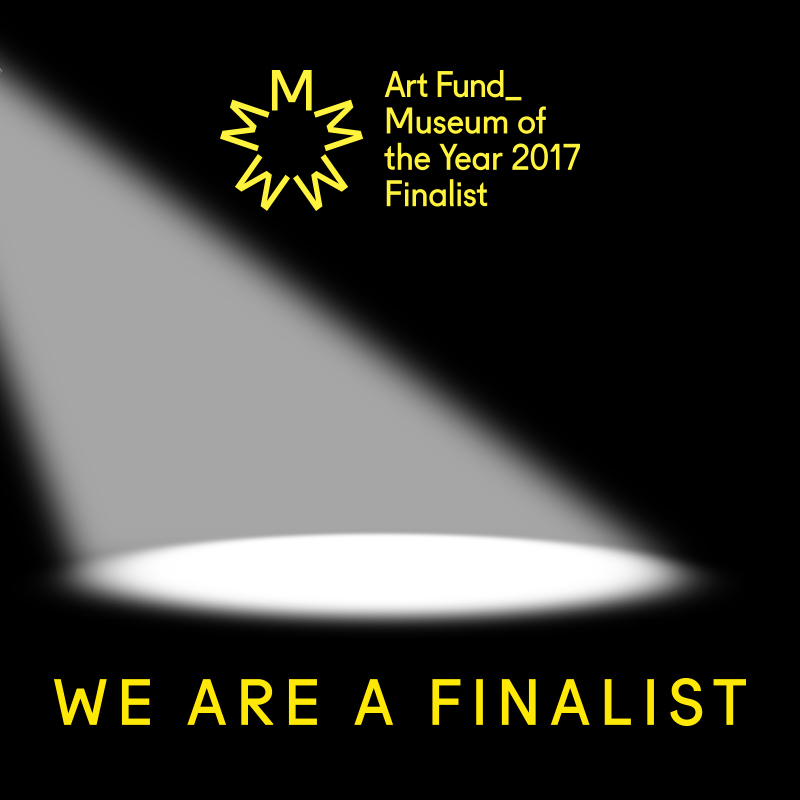 mblowfieldimage/jpeg133.53 KB
mblowfieldimage/jpeg133.53 KB
 mblowfieldimage/jpeg133.53 KB
mblowfieldimage/jpeg133.53 KB
soane-museum-2017.jpg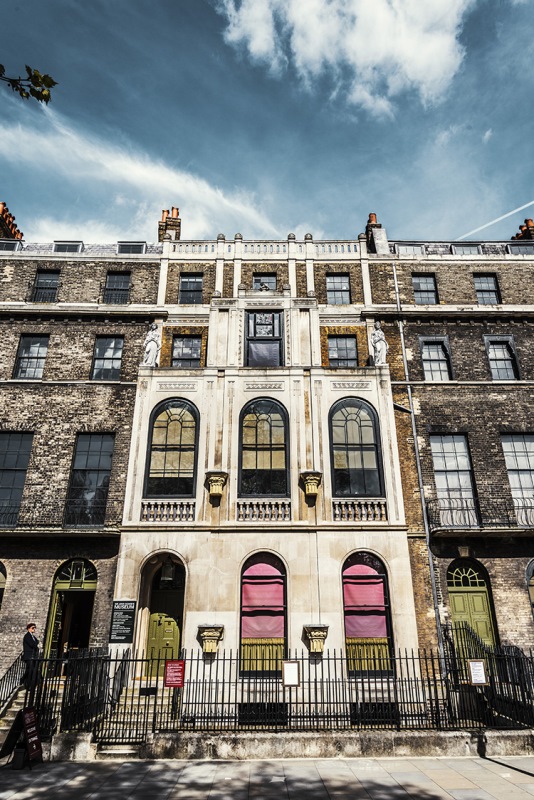 mblowfieldimage/jpeg209.91 KB
mblowfieldimage/jpeg209.91 KB
 mblowfieldimage/jpeg209.91 KB
mblowfieldimage/jpeg209.91 KB